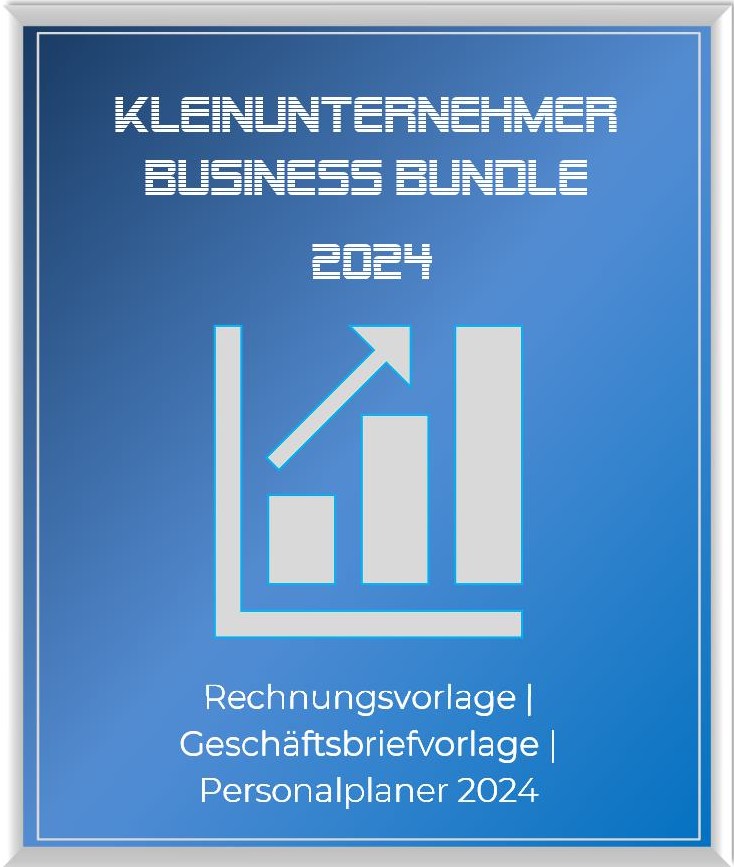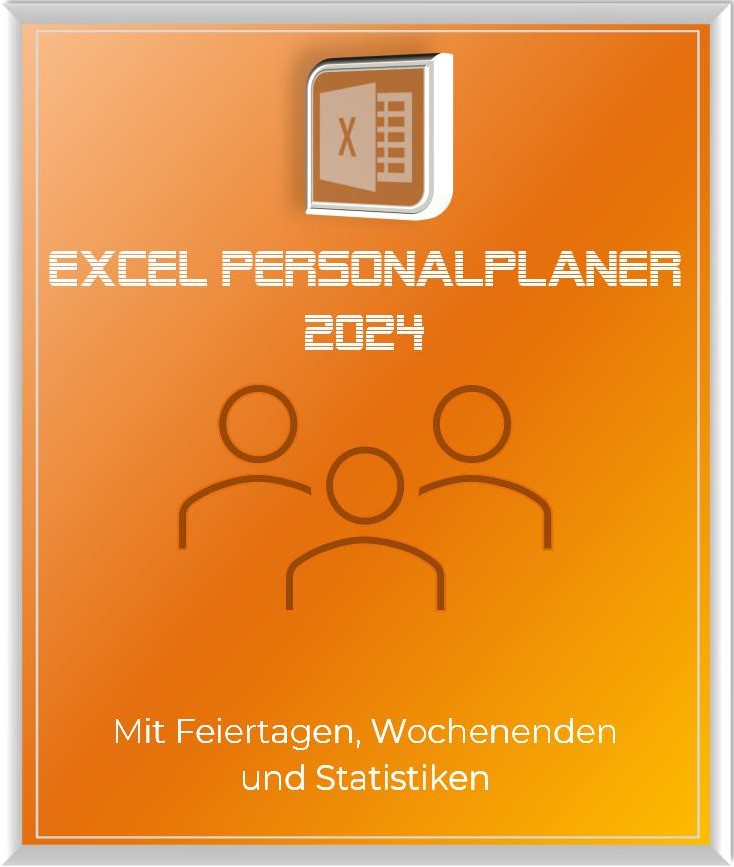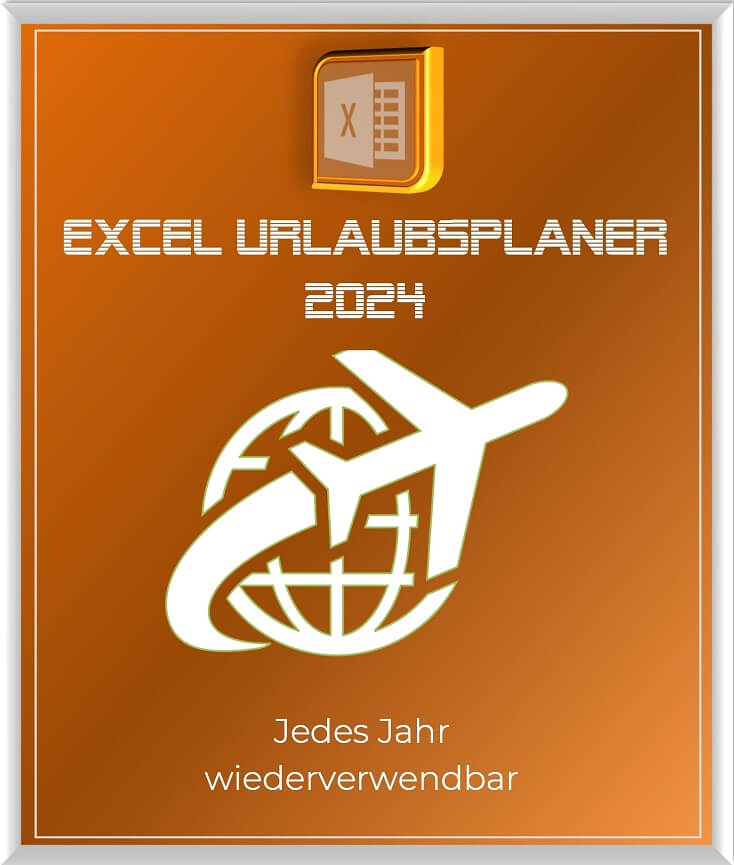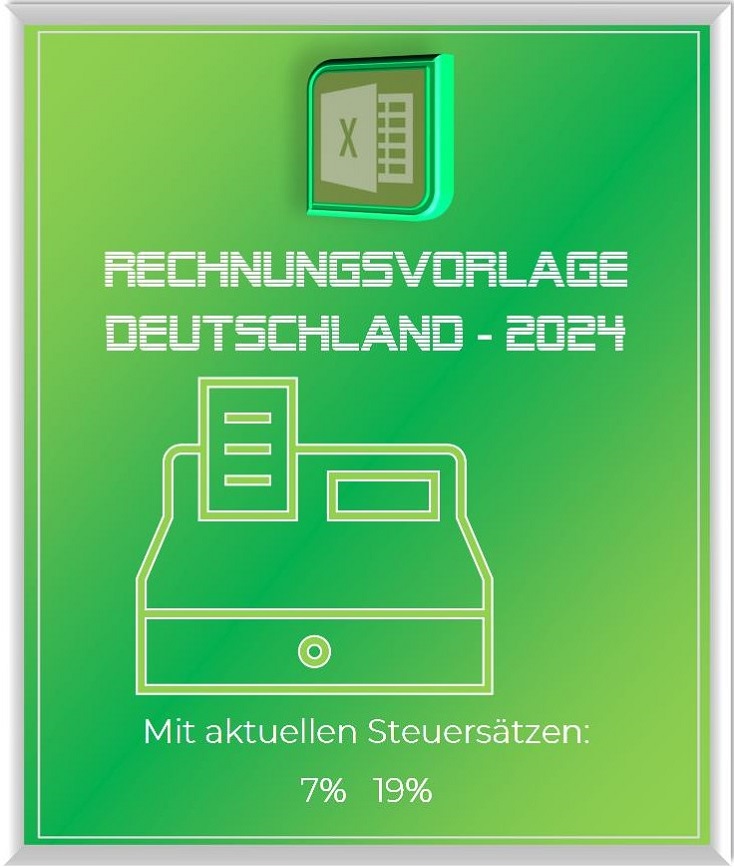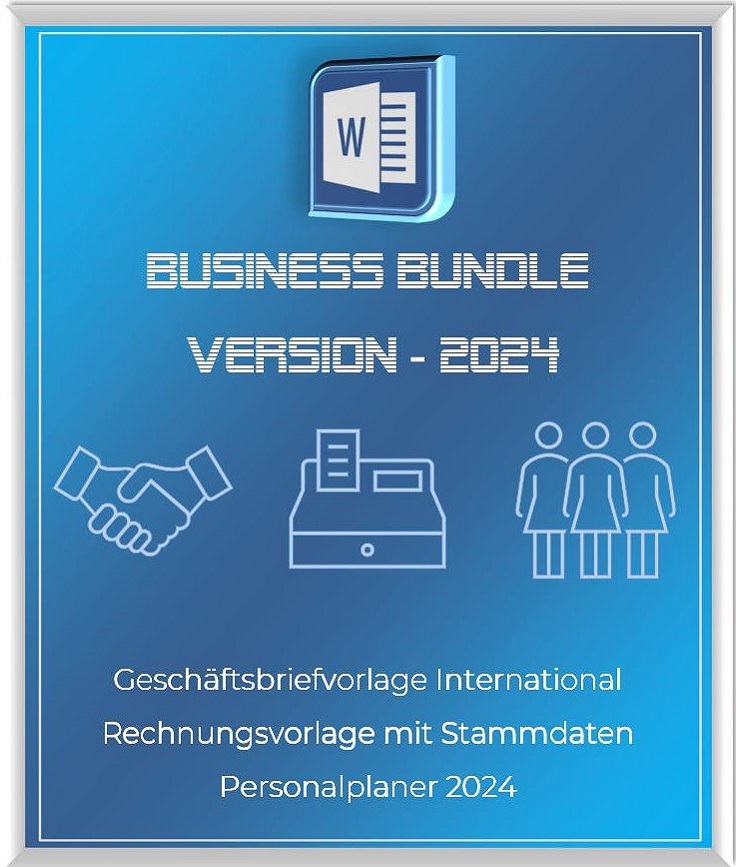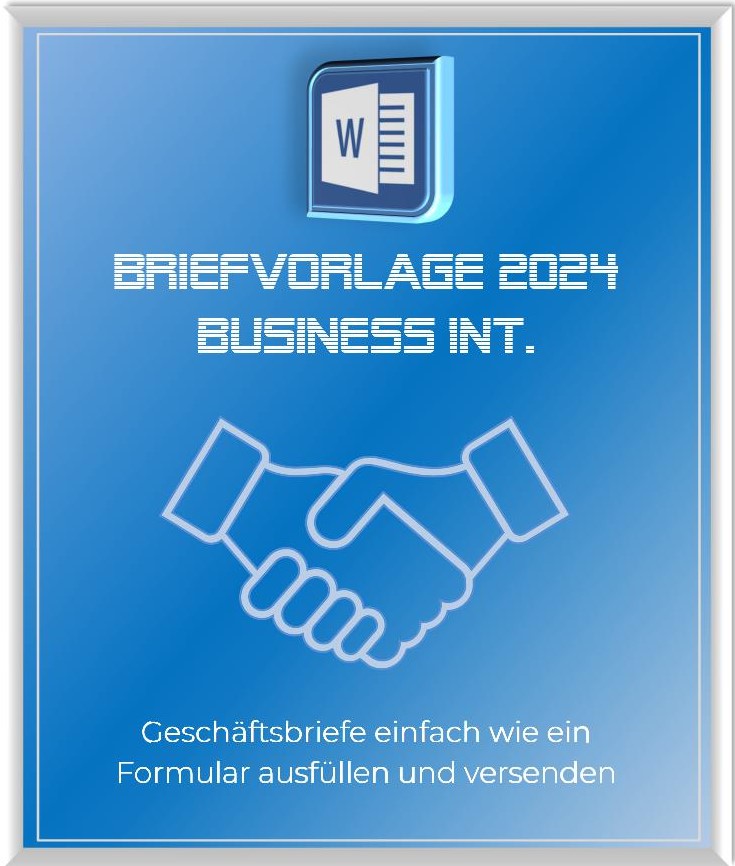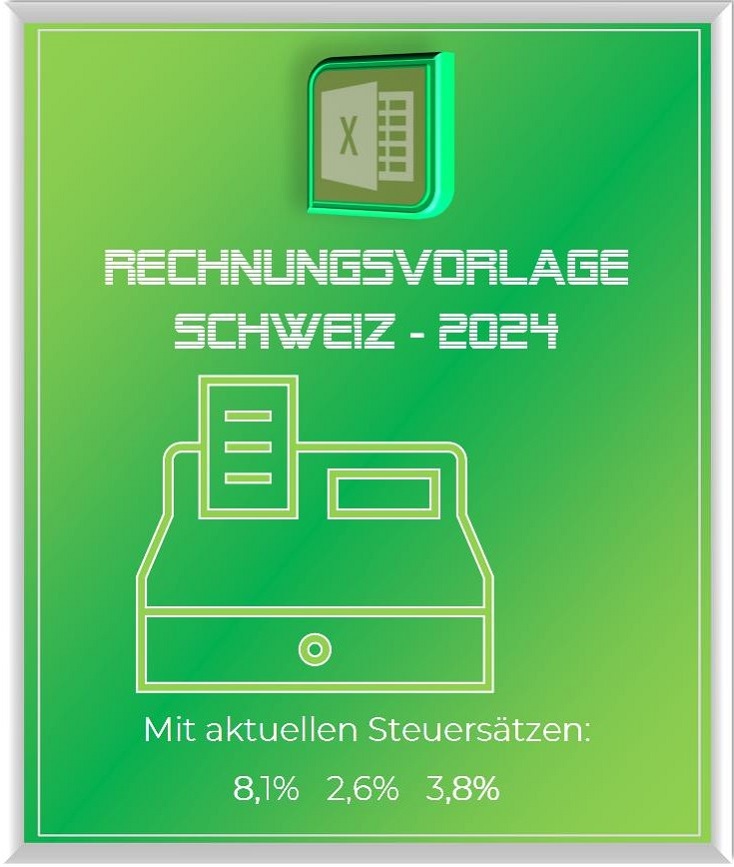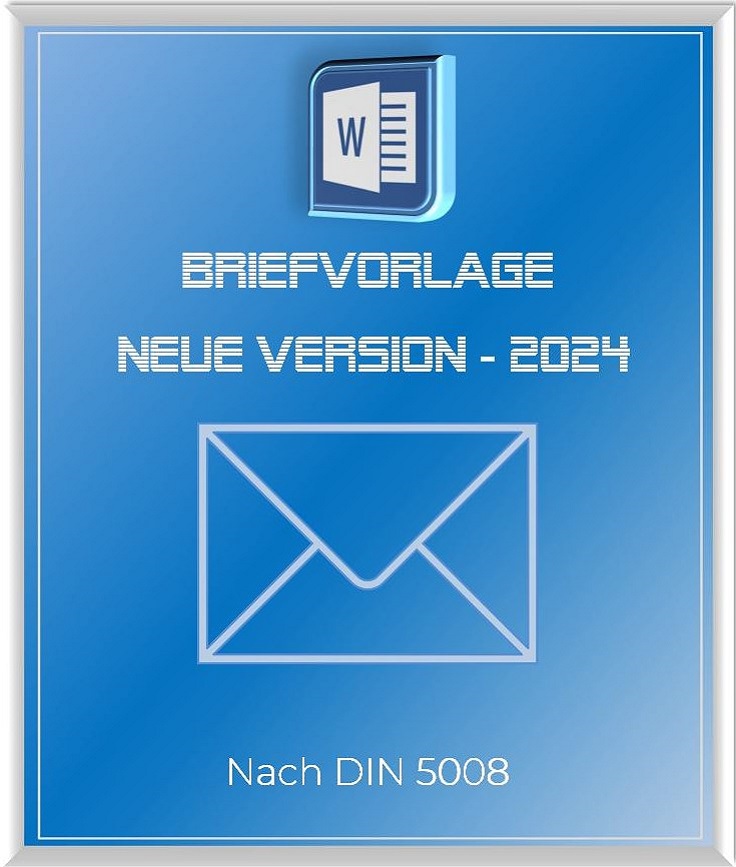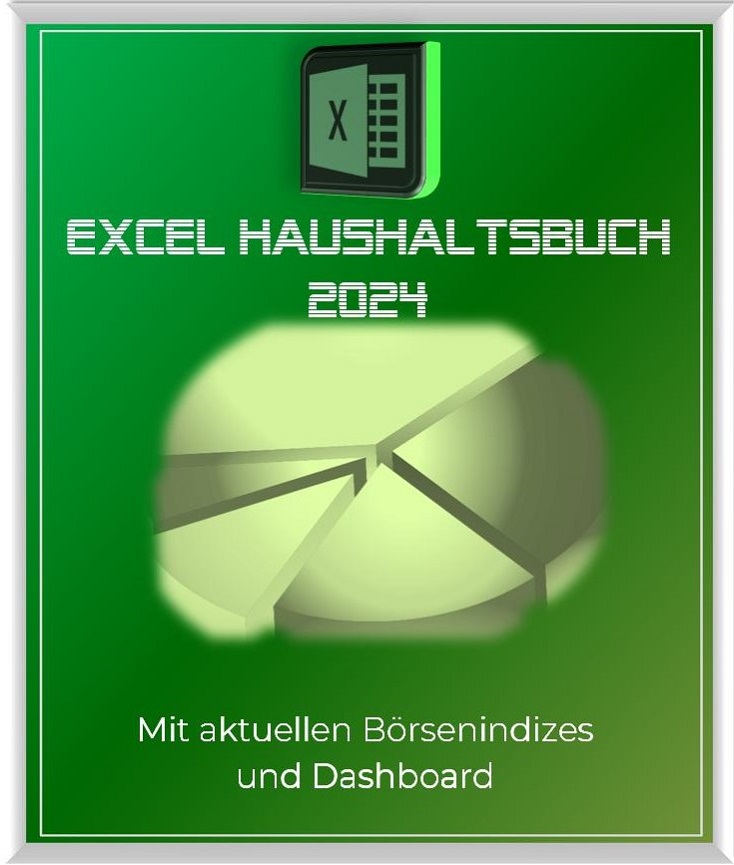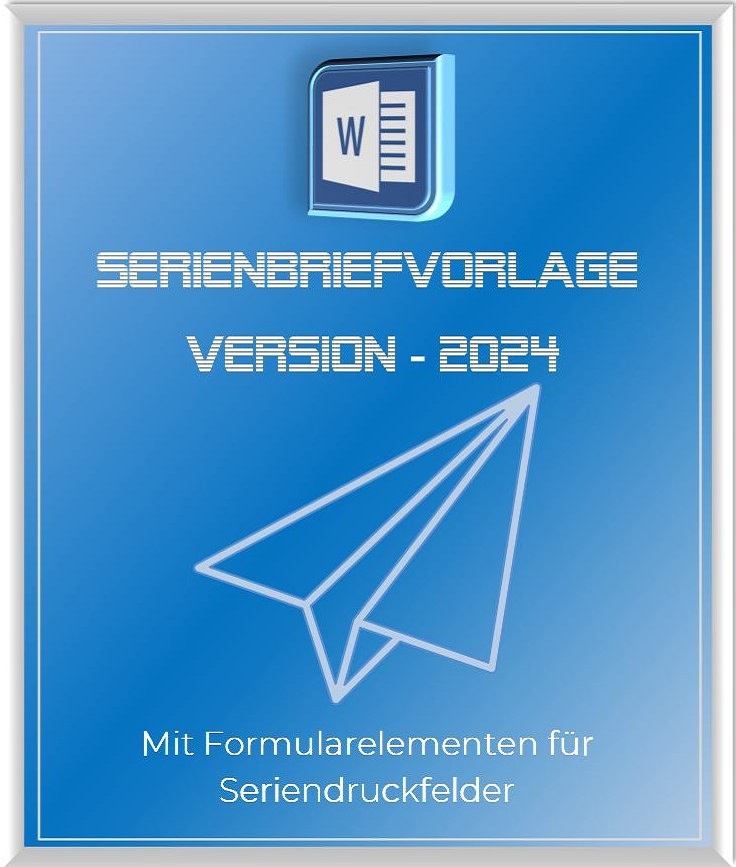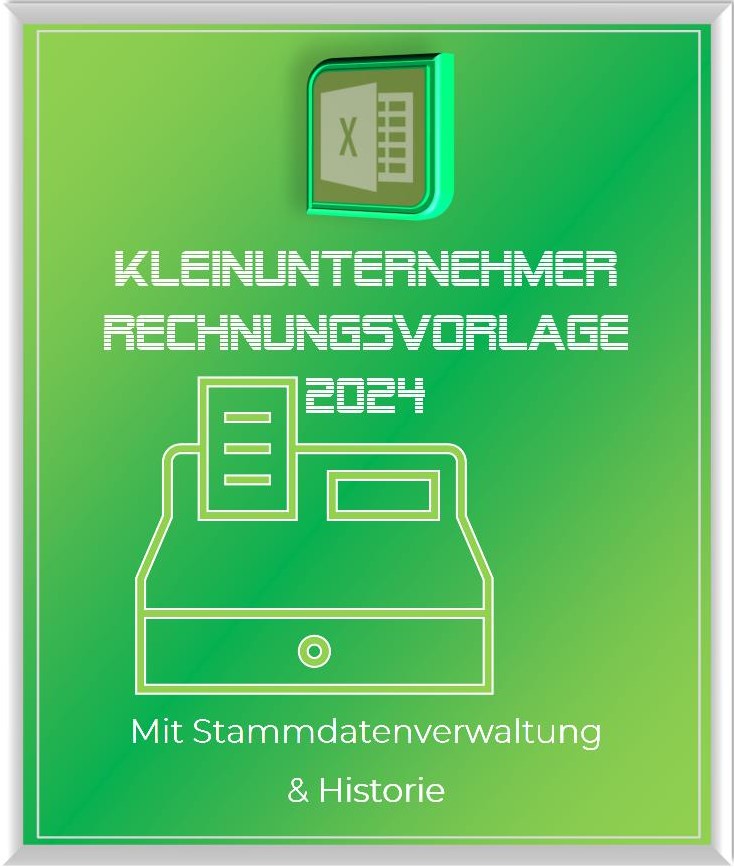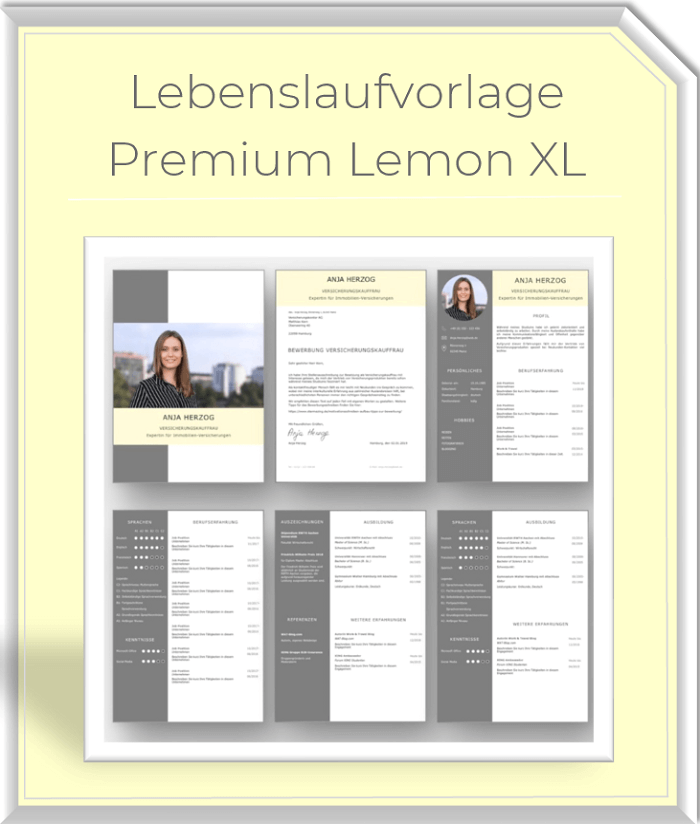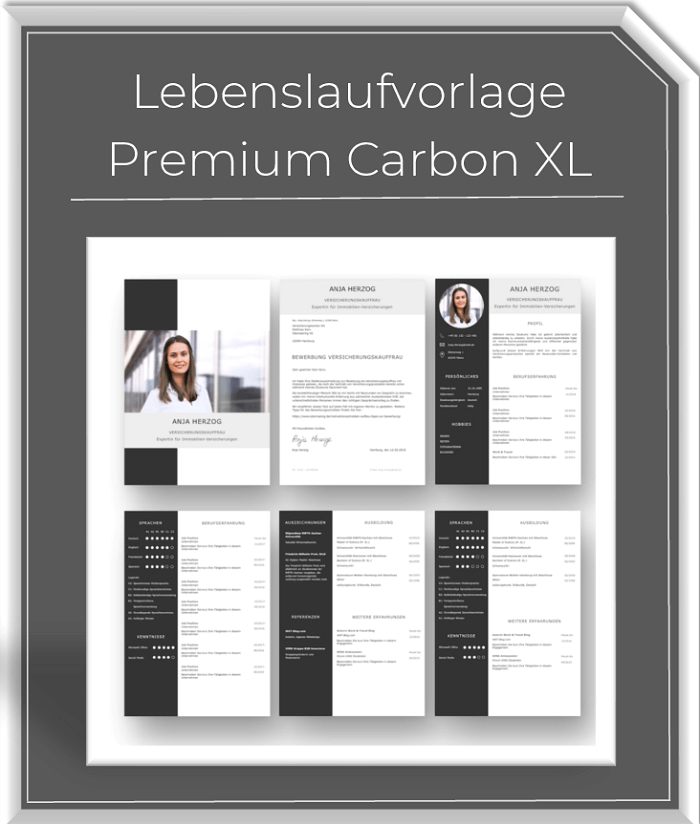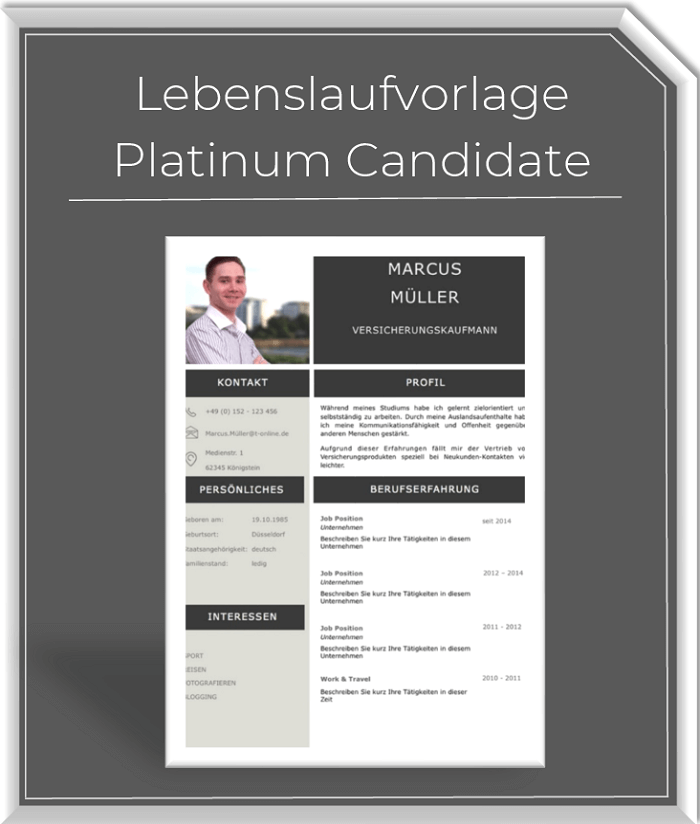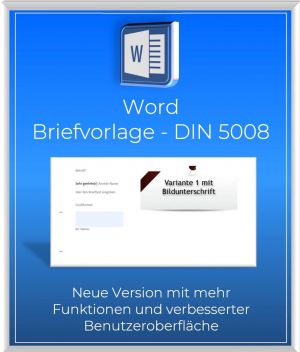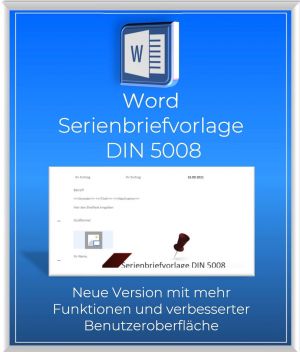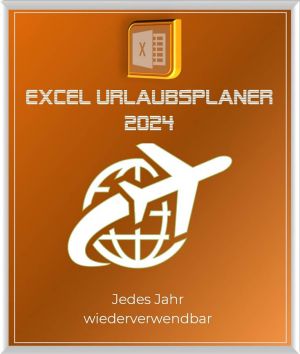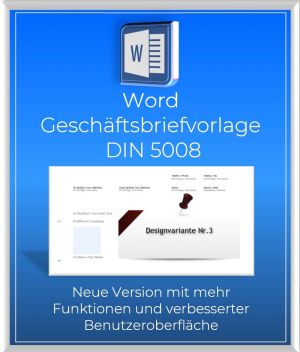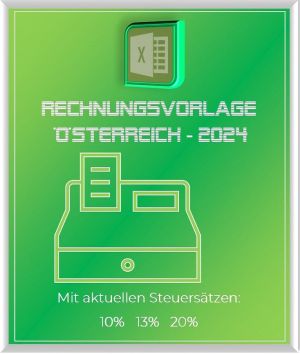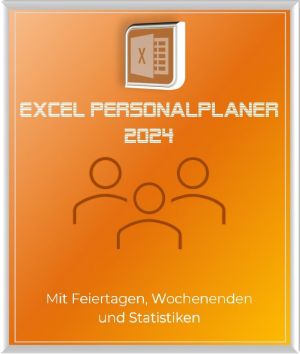Ten sentences in the job reference: The language labyrinth!
Getting a job reference is like adventuring in a maze – you have to navigate through a multitude of sentences and phrases to understand what your employer really thinks of you. At the same time, a job reference is an important document that summarizes an employee’s achievements and skills during their employment. Standardized formulations are often used, but they can have a deeper meaning. In particular, the so-called “ten sentences in the job reference” represent a linguistic labyrinth that needs to be unraveled.
In this article, we’ll examine ten of the most common phrases in a job reference and unravel their true meanings. Incidentally, it is not only decisive what is in a certificate, but also what is not there. So buckle up and get ready for a language journey through the testimonial maze!

Topic Overview
Ten sentences in the job reference: The language labyrinth!
Getting a job reference is like adventuring in a maze – you have to navigate through a multitude of sentences and phrases to understand what your employer really thinks of you. At the same time, a job reference is an important document that summarizes an employee’s achievements and skills during their employment. Standardized formulations are often used, but they can have a deeper meaning. In particular, the so-called “ten sentences in the job reference” represent a linguistic labyrinth that needs to be unraveled.
In this article, we’ll examine ten of the most common phrases in a job reference and unravel their true meanings. Incidentally, it is not only decisive what is in a certificate, but also what is not there. So buckle up and get ready for a language journey through the testimonial maze!

Topic Overview
Job reference: Crack the hidden codes
Job reference: Crack the hidden codes
The language in a job reference is often very cryptic, and there are many codes and abbreviations that one must understand in order to understand the true meaning of a reference. For example, “We regret leaving” does not necessarily mean that the employee was appreciated. It can also mean that he was a problem and the company is glad to be rid of him. It is important to pay attention to the exact wording and context to understand the true meaning of a testimony.
But let’s go through it all step by step:
The introduction in the job reference:
The introduction and at the same time the description of services in the job reference is an important section that summarizes the tasks and activities of the employee during his employment. This section provides information about the employee’s performance, expertise and achievements in his or her area of work. In the terms of reference, it is important that the wording is clear, precise and objective. Avoid using general phrases that do not provide concrete information. Instead, specific tasks, projects or areas of responsibility of the employee should be mentioned.
Positive formulations in the service description can indicate successes and outstanding achievements:
- “He took over the project management for XY and brought it to a successful conclusion.”
- “She has continuously expanded her specialist knowledge and successfully applied it in practice.”
- “He made a significant contribution to increasing efficiency in his area and implemented new work processes.”
These statements make it clear which tasks the employee has taken on and what successes he has achieved in doing so. It is important that these statements are also supplemented with examples or quantitative information in order to make the employee’s performance more tangible.
However, caution is also required when describing the performance in the job reference. Sometimes seemingly positive formulations can contain a hidden criticism:
- “He tried his best to fulfill his duties.”
- “Mr./Ms. [name] always tried to fulfill the tasks assigned, but the performance fell short of expectations in some areas.”
- Mr./Ms. [Name] has made progress over the course of his/her job, but there is still potential for further improvement in performance.”
The professional competence of the employee:
The technical competence is an essential part of a job reference, as it reflects the technical skills and knowledge of the employee. This section provides information about the extent to which the employee has fulfilled his or her tasks and requirements in the work area and has the necessary specialist knowledge. The assessment of professional competence in the job reference should be precise, objective and meaningful. It is common to cite specific areas of expertise, knowledge or skills that the employee has used successfully.
- “He has in-depth knowledge of XYZ and has successfully applied it.”
- “She has the required technical skills and has used them purposefully to solve problems.”
- “He has continued to educate himself and has always kept his expertise up to date.”
Such statements make it clear that the employee has the necessary specialist knowledge and uses it successfully in his work. It is helpful to provide specific examples or projects in which the employee’s expertise was particularly evident.
However, caution is also required when assessing professional competence in the work reference. Sometimes seemingly positive formulations can actually contain a hidden criticism:
- “He has basic knowledge in his area of responsibility.”
- “Mr./Ms. [Name] has made progress over the course of his/her job, but there is still potential for further improvement in performance.”
- “Mr./Ms. [name] is able to quickly familiarize themselves with new topics and is continuously expanding their specialist knowledge.”
When describing the competency, it is important to remain objective and provide specific examples and successes to support the claims and give the employee and new employer a clear idea of their strengths and weaknesses in the area.
The way the employee works:
The way the employee works is an important aspect that is evaluated in the job reference. This section provides information about how the employee has fulfilled his tasks, with what care he has worked and how he has integrated into the work process. When describing the working method, it is important that the wording is precise, objective and meaningful. Avoid using general phrases that do not provide concrete information. Instead, specific aspects of the employee’s way of working should be mentioned.
- “He performed his duties with great care and accuracy.”
- “She always worked in a goal-oriented manner and completed her tasks on time.”
- “He was flexible in the face of changing requirements and adapted his working methods accordingly.”
Such statements make it clear that the employee has performed his or her duties conscientiously and effectively. It is helpful to provide specific examples or projects in which the employee’s way of working was particularly positive.
However, caution is also required when describing the working method in the work reference:
- “He completed his duties satisfactorily.”
- “Mr./Ms. [name] carries out his/her tasks conscientiously and in accordance with the specified guidelines.”
- “He/She tackles tasks thoroughly and ensures that the required work steps are carried out carefully.”
Although these phrases may initially appear neutral to positive, they can indicate that the employee has performed their duties only superficially or just adequately, or that they are quite slow at work. It is therefore important to consider the following context and further statements in the testimonial to get a full picture of the employee’s way of working.
Here, too, it is always important to give concrete examples, successes or special achievements when describing the working method in order to support the statements and to give the employee a clear idea of his working method.
Working with colleagues:
Cooperation with colleagues is also an important aspect that is evaluated in a job reference. This section provides insight into how the employee behaves in the team, how they communicate and interact, and how they have integrated into the work community. When describing collaboration with colleagues, it is important that the wording is precise, objective and meaningful. Avoid using general phrases that do not provide concrete information.
- “He worked closely with his colleagues and actively contributed to the success of the team.”
- “She maintained open and constructive communication and thereby promoted the good working atmosphere.”
- “He showed himself to be a helpful team player and supported his colleagues when needed.”
Such statements testify that the employee worked well with their colleagues and promoted a positive working atmosphere. It is helpful to give concrete examples where cooperation has been particularly positive.
But here, too, seemingly positive formulations can sometimes contain a hidden criticism:
- “Working with colleagues was challenging in certain situations and required open communication.”
- “Mr./Ms. [Name] dealt with different working styles and tried to find effective solutions.”
- “Mr./Ms. [Name] shows a willingness to accept feedback and adjust his/her working methods accordingly.”
This shows well that the omission of information can be just as negative as certain formulations that are included. All in all, the description of the cooperation with colleagues in the job reference should objectively represent the team behavior of the employee.
The social skills of the employee:
Social competence is an essential aspect that is evaluated in the job reference. This section provides insight into how the employee interacted with other people in the work environment, how they communicated and how they behaved in social interactions with colleagues and supervisors.
- “He was always respectful and appreciative of colleagues, customers and superiors.”
- “She demonstrated excellent communication skills and was able to deal effectively with different personalities.”
- “He actively supported the team climate and contributed to a positive working atmosphere.”
Such statements indicate that the employee has good interpersonal and social skills and can build positive working relationships with others. It is helpful if employers provide concrete examples in which social skills were particularly evident.
Sometimes, however, the devil is in the details, even when it comes to social skills, and does not mean what is written:
- “He tried to be friendly with colleagues.”
- “He/She works well in a team and is willing to offer support and collaborate with others when needed.”
- “Mr/Ms [Name] demonstrates a reasonable level of communication skills and is able to express themselves clearly and concisely.”
As positive as these phrases may seem at first, they can also indicate that the employee has had trouble establishing a genuinely positive working relationship, including banging their fists on the table and getting loud. For example, the statement: “He made an effort…” is crucial here. Doesn’t sound like the effort was crowned with success! It is therefore also important here to keep an eye on the context and the other statements in the reference in order to get a comprehensive picture of the employee’s social skills.
Social competence can include various aspects and relates to relationships within colleagues, but also towards customers such as:
- Teamwork: The ability to work well in a team, to contribute, to support others and to work constructively with others.
- Communication Skills: The ability to communicate clearly and understandably, to listen, give feedback, and interact effectively with others.
- Empathy: The ability to put yourself in the perspective of other people, to understand their feelings and needs, and to respond appropriately to them.
- Conflict Resolution Potential: The ability to identify, address, and constructively resolve conflicts by finding compromises and seeking win-win solutions.
- Customer Orientation: The ability to understand customers’ needs and expectations and provide them with excellent service.
- Respect and Tolerance: The ability to respect other opinions, backgrounds and cultures and to deal with diversity.
- Leadership: The ability to motivate, inspire and lead others to achieve common goals.
The willingness to perform in the job reference:
In the job reference, the employee’s willingness to perform is rated as an important factor. This section provides information about the commitment and effort with which the employee has fulfilled his or her tasks and about his or her motivation to achieve goals. When describing motivation, it is crucial to use precise, objective and meaningful language. It is important to avoid general phrases that do not provide concrete information. Instead, concrete aspects of the employee’s willingness to perform should be emphasized.
- “He always showed a high willingness to perform and also took on additional responsibility when it was necessary.”
- “She was extremely dedicated and willing to work overtime to complete projects on time.”
- “He was actively involved in achieving the company’s goals and achieved outstanding results.”
These statements make it clear that the employee is willing to go above and beyond in order to successfully carry out their tasks. It can be helpful to cite concrete examples or projects in which the extraordinary willingness to perform was particularly clearly expressed. Nevertheless, caution is required when describing the willingness to perform in the job reference.
Sometimes supposedly positive formulations can contain a hidden criticism:
- “He always tried to fulfill his tasks.”
- “Mr./Ms. [Name] shows an average willingness to perform and performs his/her tasks with the expected care and accuracy.”
- “Mr./Ms. [Name] shows an acceptable level of motivation and is willing to take on tasks when assigned to him/her.”
And there we have it again! “…one tried hard“. The employee has made an effort, but may not always have achieved the desired results. It is therefore important to consider the context and the other statements in the reference in order to get a comprehensive picture of the employee’s willingness to perform. Overall, the description of the willingness to perform in the job reference should represent an honest and objective assessment of the commitment and commitment of the employee. Contain clear, concise and meaningful wording. No more and no less.
Employee initiative:
Personal initiative in the work reference is an important aspect that emphasizes the independence, commitment and ability of an employee to work independently and to assume responsibility. It refers to a willingness to go beyond what is required and proactively take on additional responsibilities. The mention of personal initiative in the job reference shows that the employee is able to think independently, recognize problems and find appropriate solutions. It signals that he is able to take responsibility and complete tasks without constant guidance or direction.
- “Mr./Ms. [name] always showed great commitment and regularly took on additional responsibility beyond his/her actual duties.”
- “Due to his/her pronounced initiative, Mr./Ms. [Name] always endeavored to find new solutions and to bring in innovative ideas to make work processes more efficient.”
- “Mr/Ms [name] proved to be extremely proactive and initiative. He/She recognized opportunities and challenges early on, intervened independently and successfully completed projects.”
These statements make it clear that the employee was active and committed, acted independently, took responsibility and continuously strived to advance their own skills and the company. They highlight the positive qualities of initiative and show that the employee has the ability to go beyond expectations.
Here are some examples of neutral to negative proactive statements:
- “Mr./Ms. [name] hardly showed any initiative and mainly limited themselves to fulfilling their assigned tasks.”
- “He/She performs his/her tasks properly and occasionally takes additional measures on his/her own to solve problems.”
- “Mr./Ms. [Name] shows average initiative and diligently carries out his/her assigned tasks.”
It is important to note that negative wording in reference letters should be avoided whenever possible. Instead, it is recommended to focus on positive aspects or to use neutral language in order not to treat the employee unfairly or affect their professional future. However, if such sentences are actually in your job reference, you should do everything you can to seek dialogue with your employer in order to remove them again or to rephrase them.
The final word in the reference:
The final word in the job reference is the last section, which usually summarizes the overall assessment of the employee and gives a final impression. It is an opportunity to highlight the employee’s key positive attributes, accomplishments and qualities. The closing statement should use positive and benevolent language to give the employee a fair appreciation of the work they have done.
- “Mr./Ms. [name] was always an extremely committed and reliable employee who carried out his tasks with great care and precision.”
- “Mr./Ms. [Name] was a valuable member of our team thanks to his/her strong professional competence and drive for constant further development.”
- “With his/her proactive and solution-oriented way of working, Mr./Ms. [name] regularly exceeded expectations and made a significant contribution to the success of our projects”
The positive concluding words in the job reference should give the employee recognition for their achievements and a positive recommendation for their further career. They serve to boost his self-confidence and give potential future employers a positive assessment of his skills.
There are some neutral phrases that can indicate low satisfaction. These are actually the classics where the employer who wrote them or conjured them up from the text module box does not even know that everything else can be destroyed with it:
- “Mr./Ms. [name] has performed his/her duties during his/her employment with us and has adequately fulfilled the requirements.”
- “We value Mr/Ms [name] as a reliable employee who has fulfilled his/her duties according to the instructions.”
- “We would like to thank Mr./Ms. [Name] for the work he/she has done and wish him/her all the best for the future.”
It is important that these neutral to actually negative formulations always remain fair and appropriate. The goal is to give the employee constructive feedback and to address possible areas for improvement without being overtly derogatory or critical. Here, too, I recommend trying to talk to your employer again for better wording.
The final formula in the job reference:
Yes you’ve read correctly. The final word in the job reference is not the end. Because the shortest section is still missing. And that is the final formula. And that can say very succinctly in a few words what your employer thinks about you. The final formula in the job reference should offer a positive and benevolent summary of the employee’s achievements. Your employer will be reluctant to let you go if the following positive concluding formulas appear in your job reference.
- “Mr./Ms. [name] is leaving our company with excellent achievements and we have full confidence in his/her abilities.”
- “We would like to express our heartfelt thanks to Mr./Ms. [Name] for his/her valuable contribution, dedication and excellent work during his/her time with us.”
- “We are convinced that Mr./Ms. [name] will continue to achieve great success in the future due to his/her outstanding expertise and ambition.”
You can’t ask for more. With such formulations, the doors in other companies are wide open to you, and the chance of the imminent job interview increases!
In the final formula, too, negative formulations are actually avoided and one is limited to neutral statements:
- “We wish Mr./Ms. [Name] all the best for his/her professional future and hope that he/she will continue to work on his/her skills to realize even more potential.”
- “We would like to thank Mr./Ms. [Name] for his/her cooperation and wish him/her every success in future challenges.”
- “We wish Mr./Ms. [Name] all the best for his/her future career and hope that he/she will have the opportunity to fully develop his/her skills in a new environment.”
With these neutral formulations you have to read a little more between the lines. Statements like “… fully developing your abilities in a new environment” mean nothing other than “… he didn’t show his abilities with us!” Such statements make it clear again that the overall assessment of the employee is not quite as positive, without directly mentioning negative aspects.
Overall, it is important to see through the language labyrinth when reading and writing job references. Hidden points of criticism or doubts can lie behind supposedly positive formulations. A precise analysis of the individual sentences and the consultation of experts can help to decode the true testimony. You can also offer your employer to write a job reference for you, which he then only has to sign and certify.
As long as you don’t overdo it completely and present yourself as something you are not, it can work well if you are on good terms with your employer and there hasn’t already been a hailing of warnings and admonitions.
The language in a job reference is often very cryptic, and there are many codes and abbreviations that one must understand in order to understand the true meaning of a reference. For example, “We regret leaving” does not necessarily mean that the employee was appreciated. It can also mean that he was a problem and the company is glad to be rid of him. It is important to pay attention to the exact wording and context to understand the true meaning of a testimony.
But let’s go through it all step by step:
The introduction in the job reference:
The introduction and at the same time the description of services in the job reference is an important section that summarizes the tasks and activities of the employee during his employment. This section provides information about the employee’s performance, expertise and achievements in his or her area of work. In the terms of reference, it is important that the wording is clear, precise and objective. Avoid using general phrases that do not provide concrete information. Instead, specific tasks, projects or areas of responsibility of the employee should be mentioned.
Positive formulations in the service description can indicate successes and outstanding achievements:
- “He took over the project management for XY and brought it to a successful conclusion.”
- “She has continuously expanded her specialist knowledge and successfully applied it in practice.”
- “He made a significant contribution to increasing efficiency in his area and implemented new work processes.”
These statements make it clear which tasks the employee has taken on and what successes he has achieved in doing so. It is important that these statements are also supplemented with examples or quantitative information in order to make the employee’s performance more tangible.
However, caution is also required when describing the performance in the job reference. Sometimes seemingly positive formulations can contain a hidden criticism:
- “He tried his best to fulfill his duties.”
- “Mr./Ms. [name] always tried to fulfill the tasks assigned, but the performance fell short of expectations in some areas.”
- Mr./Ms. [Name] has made progress over the course of his/her job, but there is still potential for further improvement in performance.”
The professional competence of the employee:
The technical competence is an essential part of a job reference, as it reflects the technical skills and knowledge of the employee. This section provides information about the extent to which the employee has fulfilled his or her tasks and requirements in the work area and has the necessary specialist knowledge. The assessment of professional competence in the job reference should be precise, objective and meaningful. It is common to cite specific areas of expertise, knowledge or skills that the employee has used successfully.
- “He has in-depth knowledge of XYZ and has successfully applied it.”
- “She has the required technical skills and has used them purposefully to solve problems.”
- “He has continued to educate himself and has always kept his expertise up to date.”
Such statements make it clear that the employee has the necessary specialist knowledge and uses it successfully in his work. It is helpful to provide specific examples or projects in which the employee’s expertise was particularly evident.
However, caution is also required when assessing professional competence in the work reference. Sometimes seemingly positive formulations can actually contain a hidden criticism:
- “He has basic knowledge in his area of responsibility.”
- “Mr./Ms. [Name] has made progress over the course of his/her job, but there is still potential for further improvement in performance.”
- “Mr./Ms. [name] is able to quickly familiarize themselves with new topics and is continuously expanding their specialist knowledge.”
When describing the competency, it is important to remain objective and provide specific examples and successes to support the claims and give the employee and new employer a clear idea of their strengths and weaknesses in the area.
The way the employee works:
The way the employee works is an important aspect that is evaluated in the job reference. This section provides information about how the employee has fulfilled his tasks, with what care he has worked and how he has integrated into the work process. When describing the working method, it is important that the wording is precise, objective and meaningful. Avoid using general phrases that do not provide concrete information. Instead, specific aspects of the employee’s way of working should be mentioned.
- “He performed his duties with great care and accuracy.”
- “She always worked in a goal-oriented manner and completed her tasks on time.”
- “He was flexible in the face of changing requirements and adapted his working methods accordingly.”
Such statements make it clear that the employee has performed his or her duties conscientiously and effectively. It is helpful to provide specific examples or projects in which the employee’s way of working was particularly positive.
However, caution is also required when describing the working method in the work reference:
- “He completed his duties satisfactorily.”
- “Mr./Ms. [name] carries out his/her tasks conscientiously and in accordance with the specified guidelines.”
- “He/She tackles tasks thoroughly and ensures that the required work steps are carried out carefully.”
Although these phrases may initially appear neutral to positive, they can indicate that the employee has performed their duties only superficially or just adequately, or that they are quite slow at work. It is therefore important to consider the following context and further statements in the testimonial to get a full picture of the employee’s way of working.
Here, too, it is always important to give concrete examples, successes or special achievements when describing the working method in order to support the statements and to give the employee a clear idea of his working method.
Working with colleagues:
Cooperation with colleagues is also an important aspect that is evaluated in a job reference. This section provides insight into how the employee behaves in the team, how they communicate and interact, and how they have integrated into the work community. When describing collaboration with colleagues, it is important that the wording is precise, objective and meaningful. Avoid using general phrases that do not provide concrete information.
- “He worked closely with his colleagues and actively contributed to the success of the team.”
- “She maintained open and constructive communication and thereby promoted the good working atmosphere.”
- “He showed himself to be a helpful team player and supported his colleagues when needed.”
Such statements testify that the employee worked well with their colleagues and promoted a positive working atmosphere. It is helpful to give concrete examples where cooperation has been particularly positive.
But here, too, seemingly positive formulations can sometimes contain a hidden criticism:
- “Working with colleagues was challenging in certain situations and required open communication.”
- “Mr./Ms. [Name] dealt with different working styles and tried to find effective solutions.”
- “Mr./Ms. [Name] shows a willingness to accept feedback and adjust his/her working methods accordingly.”
This shows well that the omission of information can be just as negative as certain formulations that are included. All in all, the description of the cooperation with colleagues in the job reference should objectively represent the team behavior of the employee.
The social skills of the employee:
Social competence is an essential aspect that is evaluated in the job reference. This section provides insight into how the employee interacted with other people in the work environment, how they communicated and how they behaved in social interactions with colleagues and supervisors.
- “He was always respectful and appreciative of colleagues, customers and superiors.”
- “She demonstrated excellent communication skills and was able to deal effectively with different personalities.”
- “He actively supported the team climate and contributed to a positive working atmosphere.”
Such statements indicate that the employee has good interpersonal and social skills and can build positive working relationships with others. It is helpful if employers provide concrete examples in which social skills were particularly evident.
Sometimes, however, the devil is in the details, even when it comes to social skills, and does not mean what is written:
- “He tried to be friendly with colleagues.”
- “He/She works well in a team and is willing to offer support and collaborate with others when needed.”
- “Mr/Ms [Name] demonstrates a reasonable level of communication skills and is able to express themselves clearly and concisely.”
As positive as these phrases may seem at first, they can also indicate that the employee has had trouble establishing a genuinely positive working relationship, including banging their fists on the table and getting loud. For example, the statement: “He made an effort…” is crucial here. Doesn’t sound like the effort was crowned with success! It is therefore also important here to keep an eye on the context and the other statements in the reference in order to get a comprehensive picture of the employee’s social skills.
Social competence can include various aspects and relates to relationships within colleagues, but also towards customers such as:
- Teamwork: The ability to work well in a team, to contribute, to support others and to work constructively with others.
- Communication Skills: The ability to communicate clearly and understandably, to listen, give feedback, and interact effectively with others.
- Empathy: The ability to put yourself in the perspective of other people, to understand their feelings and needs, and to respond appropriately to them.
- Conflict Resolution Potential: The ability to identify, address, and constructively resolve conflicts by finding compromises and seeking win-win solutions.
- Customer Orientation: The ability to understand customers’ needs and expectations and provide them with excellent service.
- Respect and Tolerance: The ability to respect other opinions, backgrounds and cultures and to deal with diversity.
- Leadership: The ability to motivate, inspire and lead others to achieve common goals.
The willingness to perform in the job reference:
In the job reference, the employee’s willingness to perform is rated as an important factor. This section provides information about the commitment and effort with which the employee has fulfilled his or her tasks and about his or her motivation to achieve goals. When describing motivation, it is crucial to use precise, objective and meaningful language. It is important to avoid general phrases that do not provide concrete information. Instead, concrete aspects of the employee’s willingness to perform should be emphasized.
- “He always showed a high willingness to perform and also took on additional responsibility when it was necessary.”
- “She was extremely dedicated and willing to work overtime to complete projects on time.”
- “He was actively involved in achieving the company’s goals and achieved outstanding results.”
These statements make it clear that the employee is willing to go above and beyond in order to successfully carry out their tasks. It can be helpful to cite concrete examples or projects in which the extraordinary willingness to perform was particularly clearly expressed. Nevertheless, caution is required when describing the willingness to perform in the job reference.
Sometimes supposedly positive formulations can contain a hidden criticism:
- “He always tried to fulfill his tasks.”
- “Mr./Ms. [Name] shows an average willingness to perform and performs his/her tasks with the expected care and accuracy.”
- “Mr./Ms. [Name] shows an acceptable level of motivation and is willing to take on tasks when assigned to him/her.”
And there we have it again! “…one tried hard“. The employee has made an effort, but may not always have achieved the desired results. It is therefore important to consider the context and the other statements in the reference in order to get a comprehensive picture of the employee’s willingness to perform. Overall, the description of the willingness to perform in the job reference should represent an honest and objective assessment of the commitment and commitment of the employee. Contain clear, concise and meaningful wording. No more and no less.
Employee initiative:
Personal initiative in the work reference is an important aspect that emphasizes the independence, commitment and ability of an employee to work independently and to assume responsibility. It refers to a willingness to go beyond what is required and proactively take on additional responsibilities. The mention of personal initiative in the job reference shows that the employee is able to think independently, recognize problems and find appropriate solutions. It signals that he is able to take responsibility and complete tasks without constant guidance or direction.
- “Mr./Ms. [name] always showed great commitment and regularly took on additional responsibility beyond his/her actual duties.”
- “Due to his/her pronounced initiative, Mr./Ms. [Name] always endeavored to find new solutions and to bring in innovative ideas to make work processes more efficient.”
- “Mr/Ms [name] proved to be extremely proactive and initiative. He/She recognized opportunities and challenges early on, intervened independently and successfully completed projects.”
These statements make it clear that the employee was active and committed, acted independently, took responsibility and continuously strived to advance their own skills and the company. They highlight the positive qualities of initiative and show that the employee has the ability to go beyond expectations.
Here are some examples of neutral to negative proactive statements:
- “Mr./Ms. [name] hardly showed any initiative and mainly limited themselves to fulfilling their assigned tasks.”
- “He/She performs his/her tasks properly and occasionally takes additional measures on his/her own to solve problems.”
- “Mr./Ms. [Name] shows average initiative and diligently carries out his/her assigned tasks.”
It is important to note that negative wording in reference letters should be avoided whenever possible. Instead, it is recommended to focus on positive aspects or to use neutral language in order not to treat the employee unfairly or affect their professional future. However, if such sentences are actually in your job reference, you should do everything you can to seek dialogue with your employer in order to remove them again or to rephrase them.
The final word in the reference:
The final word in the job reference is the last section, which usually summarizes the overall assessment of the employee and gives a final impression. It is an opportunity to highlight the employee’s key positive attributes, accomplishments and qualities. The closing statement should use positive and benevolent language to give the employee a fair appreciation of the work they have done.
- “Mr./Ms. [name] was always an extremely committed and reliable employee who carried out his tasks with great care and precision.”
- “Mr./Ms. [Name] was a valuable member of our team thanks to his/her strong professional competence and drive for constant further development.”
- “With his/her proactive and solution-oriented way of working, Mr./Ms. [name] regularly exceeded expectations and made a significant contribution to the success of our projects”
The positive concluding words in the job reference should give the employee recognition for their achievements and a positive recommendation for their further career. They serve to boost his self-confidence and give potential future employers a positive assessment of his skills.
There are some neutral phrases that can indicate low satisfaction. These are actually the classics where the employer who wrote them or conjured them up from the text module box does not even know that everything else can be destroyed with it:
- “Mr./Ms. [name] has performed his/her duties during his/her employment with us and has adequately fulfilled the requirements.”
- “We value Mr/Ms [name] as a reliable employee who has fulfilled his/her duties according to the instructions.”
- “We would like to thank Mr./Ms. [Name] for the work he/she has done and wish him/her all the best for the future.”
It is important that these neutral to actually negative formulations always remain fair and appropriate. The goal is to give the employee constructive feedback and to address possible areas for improvement without being overtly derogatory or critical. Here, too, I recommend trying to talk to your employer again for better wording.
The final formula in the job reference:
Yes you’ve read correctly. The final word in the job reference is not the end. Because the shortest section is still missing. And that is the final formula. And that can say very succinctly in a few words what your employer thinks about you. The final formula in the job reference should offer a positive and benevolent summary of the employee’s achievements. Your employer will be reluctant to let you go if the following positive concluding formulas appear in your job reference.
- “Mr./Ms. [name] is leaving our company with excellent achievements and we have full confidence in his/her abilities.”
- “We would like to express our heartfelt thanks to Mr./Ms. [Name] for his/her valuable contribution, dedication and excellent work during his/her time with us.”
- “We are convinced that Mr./Ms. [name] will continue to achieve great success in the future due to his/her outstanding expertise and ambition.”
You can’t ask for more. With such formulations, the doors in other companies are wide open to you, and the chance of the imminent job interview increases!
In the final formula, too, negative formulations are actually avoided and one is limited to neutral statements:
- “We wish Mr./Ms. [Name] all the best for his/her professional future and hope that he/she will continue to work on his/her skills to realize even more potential.”
- “We would like to thank Mr./Ms. [Name] for his/her cooperation and wish him/her every success in future challenges.”
- “We wish Mr./Ms. [Name] all the best for his/her future career and hope that he/she will have the opportunity to fully develop his/her skills in a new environment.”
With these neutral formulations you have to read a little more between the lines. Statements like “… fully developing your abilities in a new environment” mean nothing other than “… he didn’t show his abilities with us!” Such statements make it clear again that the overall assessment of the employee is not quite as positive, without directly mentioning negative aspects.
Overall, it is important to see through the language labyrinth when reading and writing job references. Hidden points of criticism or doubts can lie behind supposedly positive formulations. A precise analysis of the individual sentences and the consultation of experts can help to decode the true testimony. You can also offer your employer to write a job reference for you, which he then only has to sign and certify.
As long as you don’t overdo it completely and present yourself as something you are not, it can work well if you are on good terms with your employer and there hasn’t already been a hailing of warnings and admonitions.
Did you like this article?
Search for:
About the Author:
You might also be interested in:
Did you like this article?
Search for:
About the Author:
You might also be interested in:
Popular Posts:
Integrate and use ChatGPT in Excel – is that possible?
Michael2024-02-02T06:08:09+01:00February 1st, 2024|Categories: Artificial intelligence, ChatGPT, Microsoft Excel, Microsoft Office, Shorts & Tutorials|Tags: AI Systems, digitization, Excel, Short News|
ChatGPT is more than just a simple chatbot. Learn how it can revolutionize how you work with Excel by translating formulas, creating VBA macros, and even promising future integration with Office.
Create Out of Office Notice in Outlook
Michael Suhr2023-12-19T07:19:57+01:00December 18th, 2023|Categories: Microsoft Outlook, Career, Homeoffice, Microsoft Office, Office 365, Shorts & Tutorials|Tags: Career, Outlook|
To create an Out of Office message in Microsoft Outlook - Office 365, and start relaxing on vacation
The best backup solutions for your data
Michael2023-09-10T19:46:58+02:00September 10th, 2023|Categories: Data Protection, Hardware, Homeoffice, Software, Windows 10/11/12|Tags: Cloud, Data Protection, Hardware, Software|
Keep your data safe and secure! Discover our best backup solutions for your valuable information now. Because safety is the be-all and end-all - and we have the perfect tips.
Internet Addiction – A serious look at a growing problem
Michael2023-08-20T10:28:38+02:00August 20th, 2023|Categories: Google, Homeoffice, Shorts & Tutorials|Tags: Facebook, Google, Homeoffice|
Internet addiction is just as serious an illness as alcohol or drug addiction. Just that this is a mental illness. In this article we want to go into the phenomenon in more detail and provide assistance.
Main keyboard shortcuts in Windows 10/11
Michael2023-07-06T17:55:18+02:00July 6th, 2023|Categories: Homeoffice, Microsoft Office, Shorts & Tutorials, Windows 10/11/12|Tags: Microsoft|
Entdecken Sie die wichtigsten Shortcuts in Windows 11, um Ihre Produktivität zu steigern. Von allgemeinen Befehlen bis hin zu spezifischen Fenster-Management- und System-Shortcuts, lernen Sie, wie Sie mit diesen Tastenkombinationen effizienter arbeiten können.
Encrypt USB stick – These options are available
Michael2023-07-01T08:23:42+02:00July 1st, 2023|Categories: Shorts & Tutorials, Data Protection, Hardware, Homeoffice, Mac OS, Windows 10/11/12|Tags: Data Protection, Hardware, Homeoffice|
Protecting sensitive data is essential. Encrypting USB sticks provides an extra layer of security. Whether it's built-in software, operating system features, third-party software, or hardware encryption, there are numerous options.
Special Offers 2024: Word Design CV-Templates
Popular Posts:
Integrate and use ChatGPT in Excel – is that possible?
Michael2024-02-02T06:08:09+01:00February 1st, 2024|Categories: Artificial intelligence, ChatGPT, Microsoft Excel, Microsoft Office, Shorts & Tutorials|Tags: AI Systems, digitization, Excel, Short News|
ChatGPT is more than just a simple chatbot. Learn how it can revolutionize how you work with Excel by translating formulas, creating VBA macros, and even promising future integration with Office.
Create Out of Office Notice in Outlook
Michael Suhr2023-12-19T07:19:57+01:00December 18th, 2023|Categories: Microsoft Outlook, Career, Homeoffice, Microsoft Office, Office 365, Shorts & Tutorials|Tags: Career, Outlook|
To create an Out of Office message in Microsoft Outlook - Office 365, and start relaxing on vacation
The best backup solutions for your data
Michael2023-09-10T19:46:58+02:00September 10th, 2023|Categories: Data Protection, Hardware, Homeoffice, Software, Windows 10/11/12|Tags: Cloud, Data Protection, Hardware, Software|
Keep your data safe and secure! Discover our best backup solutions for your valuable information now. Because safety is the be-all and end-all - and we have the perfect tips.
Internet Addiction – A serious look at a growing problem
Michael2023-08-20T10:28:38+02:00August 20th, 2023|Categories: Google, Homeoffice, Shorts & Tutorials|Tags: Facebook, Google, Homeoffice|
Internet addiction is just as serious an illness as alcohol or drug addiction. Just that this is a mental illness. In this article we want to go into the phenomenon in more detail and provide assistance.
Main keyboard shortcuts in Windows 10/11
Michael2023-07-06T17:55:18+02:00July 6th, 2023|Categories: Homeoffice, Microsoft Office, Shorts & Tutorials, Windows 10/11/12|Tags: Microsoft|
Entdecken Sie die wichtigsten Shortcuts in Windows 11, um Ihre Produktivität zu steigern. Von allgemeinen Befehlen bis hin zu spezifischen Fenster-Management- und System-Shortcuts, lernen Sie, wie Sie mit diesen Tastenkombinationen effizienter arbeiten können.
Encrypt USB stick – These options are available
Michael2023-07-01T08:23:42+02:00July 1st, 2023|Categories: Shorts & Tutorials, Data Protection, Hardware, Homeoffice, Mac OS, Windows 10/11/12|Tags: Data Protection, Hardware, Homeoffice|
Protecting sensitive data is essential. Encrypting USB sticks provides an extra layer of security. Whether it's built-in software, operating system features, third-party software, or hardware encryption, there are numerous options.







